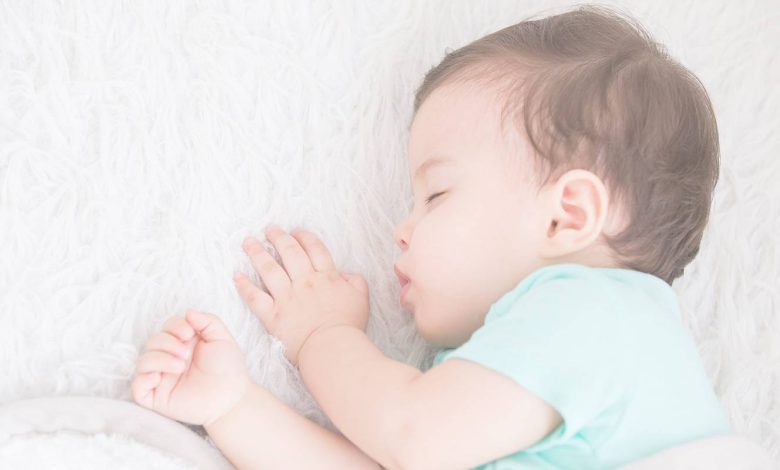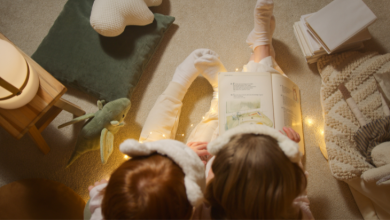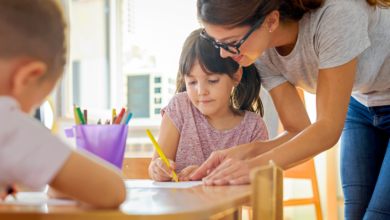The Importance of Nap Time for Kids’ Early Development

The Importance of Nap Time for Kids’ Early Development
Most people know that getting enough sleep is one of the most important ways to stay healthy, along with good nutrition and regular exercise.
And for children ages 5 and younger, quality nap time is necessary for early physical and mental development. One 2018 study concluded that daytime naps support early memory development for young children.
Overtiredness can affect a child’s mood and, ironically, may make it harder to fall asleep. Insufficient sleep can cause a number of additional problems for young kids:
- Daytime sleepiness
- Crankiness or irritability, especially late in the afternoon
- Difficulty getting up in the morning
- Inattentive, impatient, hyperactive or aggressive behaviors
- Trouble focusing on schoolwork or other tasks
Let’s take a look at how much sleep your child needs, and the value of napping at home and at preschool.
How Much Sleep Do Kids Need?
The exact amount of sleep a child needs will vary based on life stage as well as individual factors. In general, babies require a heavier dose of Z’s, with the total amount gradually decreasing as the child matures. According to Sleep Advisor, here is how much rest your kids need based on age.
- Birth to 3 months: about 14-17 hours per day. For the first three months, your baby will sleep on and off around the clock. More regular sleep patterns generally develop by about the fourth month.
- 4-11 months: about 12 – 15 hours. As the first birthday approaches, babies generally take about two to three naps per day, ranging from about 20 minutes to a few hours in length. Your child may begin to sleep through the night without waking to feed at this age.
- 1-2 years: 11-14 hours. Toddlers generally need an afternoon nap of one to three hours. Don’t let your child nap too close to bedtime, which could make it harder to fall asleep at night.
- 3-5 years: 10-13 hours at night. Your preschooler will take an afternoon nap of varying lengths, and some children stop regular napping by age 5.
Preschool Nap Time
One early childhood expert says that napping can be a learning opportunity that helps kids recharge while establishing healthy sleep habits.
As with napping at home, consistency is important, with nap time at preschool coming at the same time each day.
- Teachers can guide the transition to sleep by planning quiet activities as nap time approaches, such as reading or working on puzzles.
- The napping area should be dimly lit to create a restful environment, with cots and pillows set up ahead of time.
- Just as there are individual learning styles, preschool teachers should be attuned to individual sleeping styles when nap time arrives. Some kids may fall asleep more easily if they are allowed to look at a favorite book, while others may prefer to have a favorite stuffed animal in the cot with them. Soothing music or fragrances may also be helpful.
Nap Time for Kids at Home
According to one program director with Little Sunshine’s Playhouse & Preschool®, there are three essential things parents can do to encourage healthy sleeping habits that include napping.
- Be consistent. Pay attention to when your child gets tired on most days, and choose an “official” nap time during those times.
- Make nap time a happy time. Never use a nap as punishment for misbehavior. You want your child to look forward to his or her nap as a positive experience, not something to avoid.
- Your child’s bed is for sleep only. Don’t let your child stay in a crib outside of nap time, or use the bed as a playpen.
It’s also a good idea to watch for signs that your child needs a little shut-eye.
- For infants, fussing or rubbing eyes is a sign that your baby is tired and could use a nap. Put your child to bed while he or she is sleepy but not yet fast asleep. Good sleep aids for babies include soft music, dim lights or reading a story.
- Toddlers and preschoolers may begin to resist napping because they don’t want to miss out on activities around them. Instead of trying to force your child go to sleep, encourage them to spend some “quiet time” with a favorite book or toy, which often relaxes the child and leads to sleep.
Want to learn more about nap time at Little Sunshine’s Playhouse®? Contact a location near you.





